Urban Protection with Lorenzo Osti: C.P. Company
|ALMA LEANDRA
Since its foundation in 1971, C.P. Company has become iconic for its garment dyeing processes, use of various textures, and above all, its durability and practicality. Inspired by military wear, the designs incorporate practical elements manufactured on a luxury level and thereby winning a wide range of consumers from workers to hype beasts, athletes, and those that simply prioritize quality.
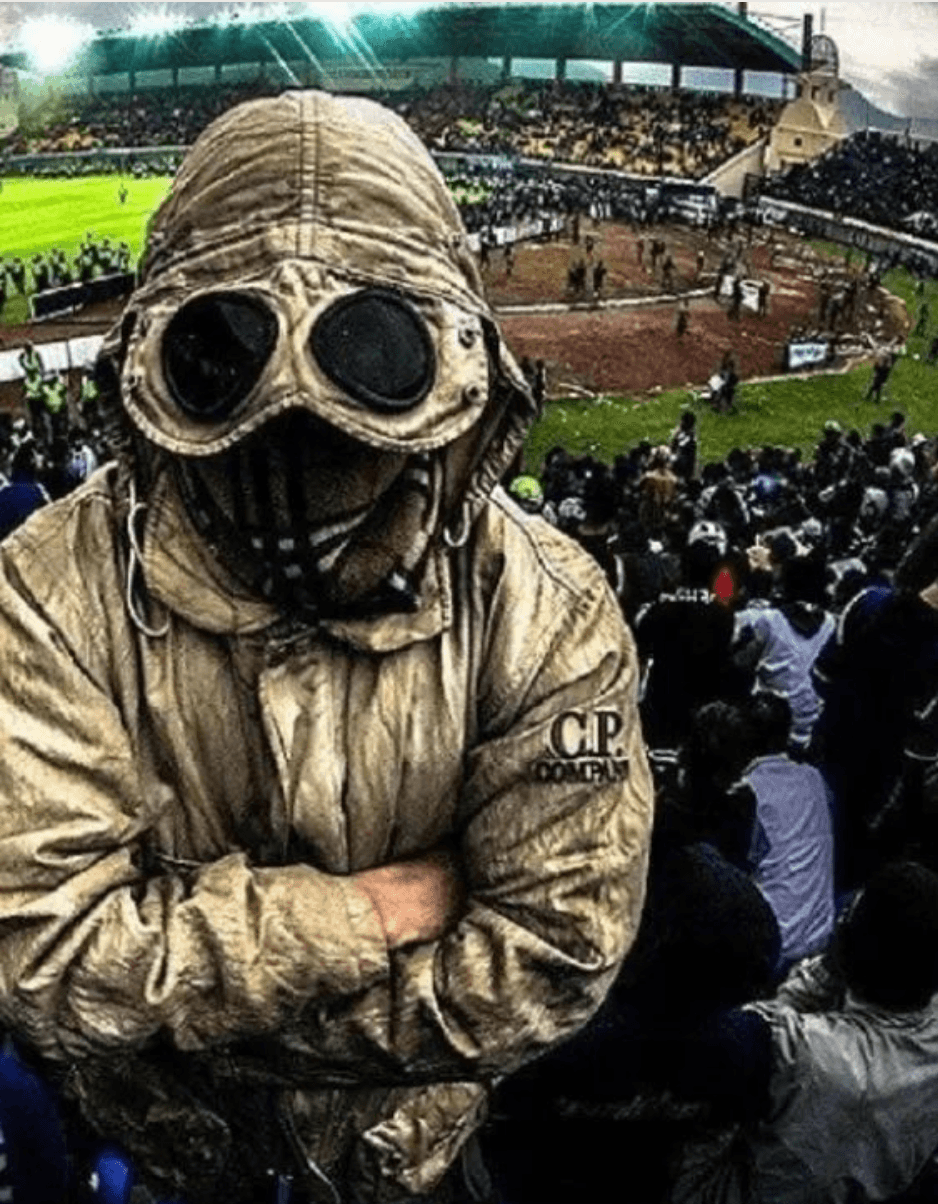
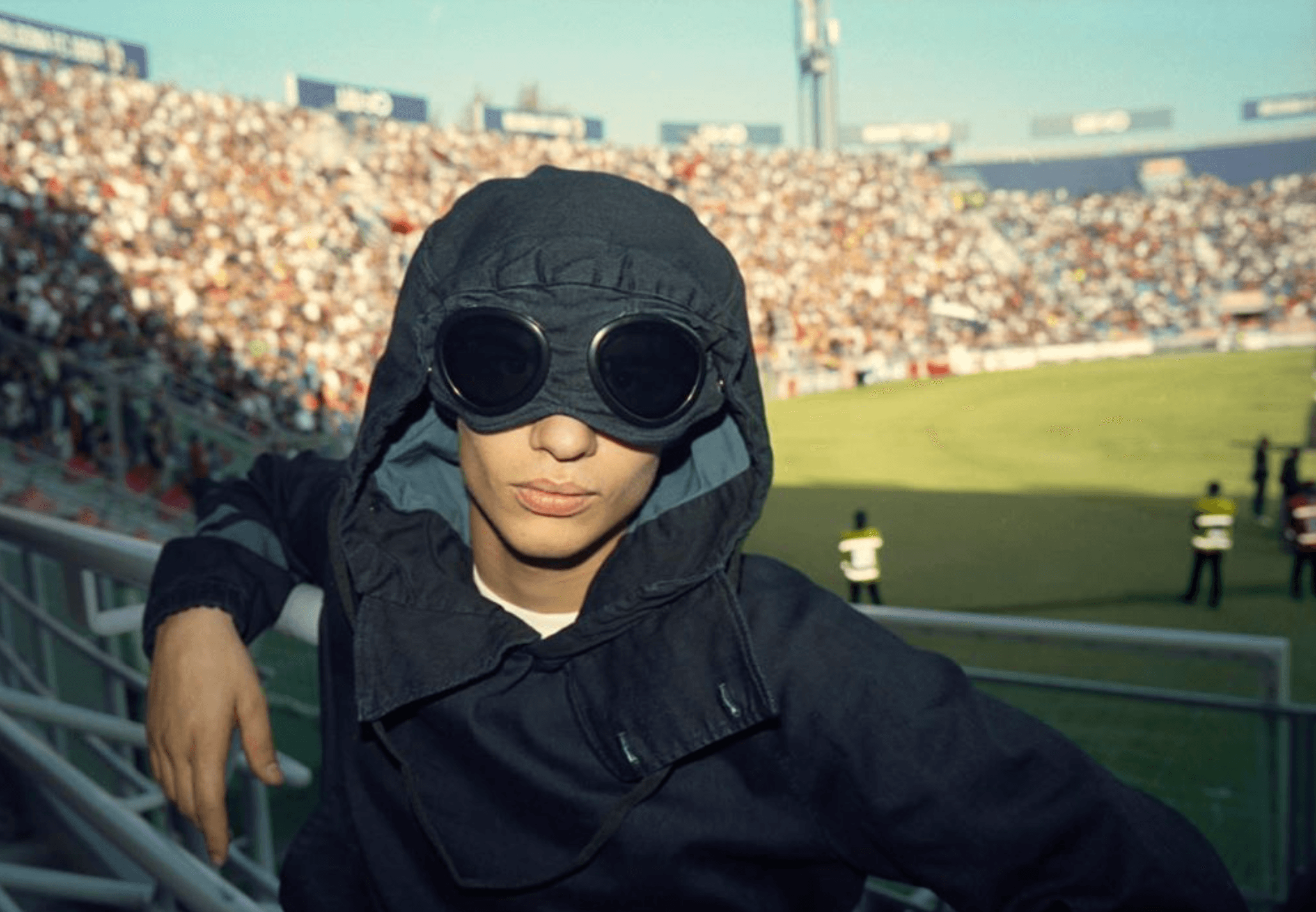
When the Italian sportswear brand Chester Perry was sued by Fred Perry and the U.K. brand Chester Barrie, founder Massimo Osti was forced to change his brand’s name to what it’s known under today: C.P. Company.
Massimo Osti, who is also the founder of Stone Island, drew inspiration from a comic that featured a factory named Chester Perry. This factory is similar to Acme Corporation—a fictional entity from the Road Runner/Wile E. Coyote animation series known for producing outrageous products that always fail spectacularly.
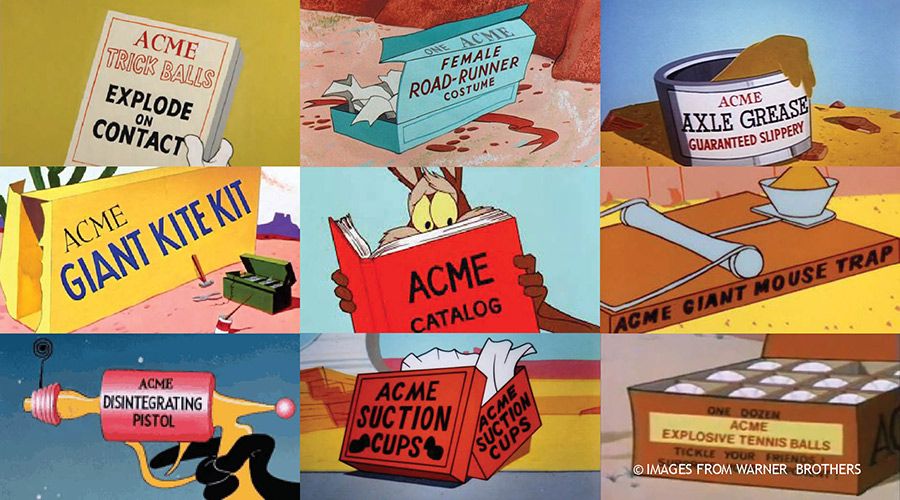
During a workshop—as part of Reference Studio’s Intervention program—hosted by C.P. Company, where participants could fix, alter, and personalize their garments, I met Lorenzo Osti, son of Massimo Osti and today’s president of the company.
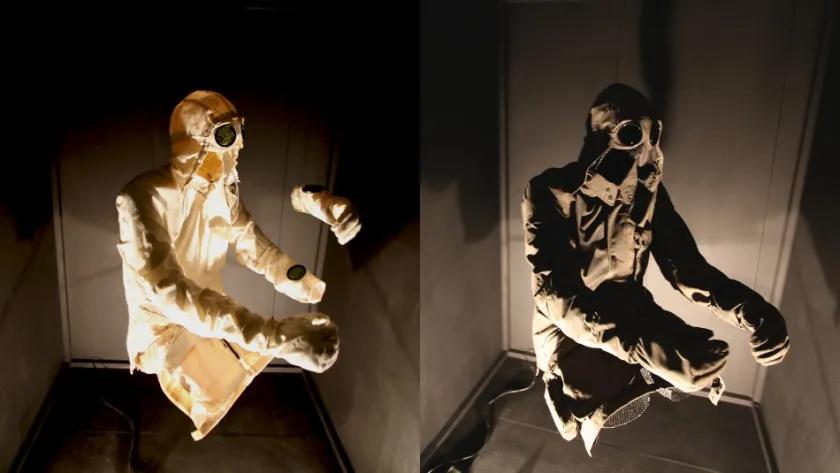
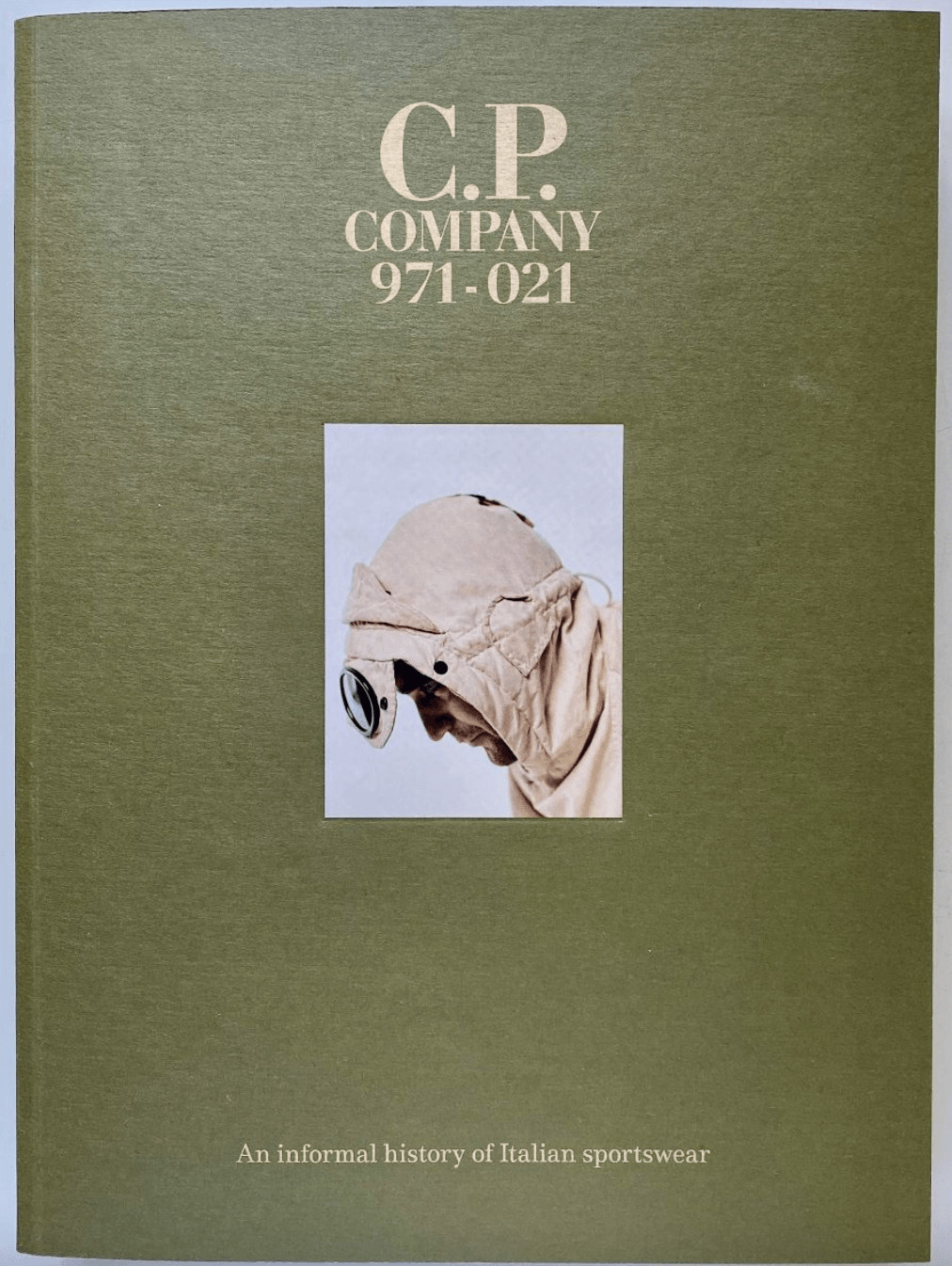
ALMA LEANDRA: After the passing of your father in 2005, you founded the Massimo Osti Archive. What does this archive symbolize to you? To me, archiving is a form of remembering and honoring a person, but in a public setting—so, almost as if you were inviting others to honor his work…
LORENZO OSTI: No one has ever asked me this before, but it’s true. Despite my father being in good health for a couple of years before he passed away, he left his office untouched and continued working up until his last day. He didn’t organize or sort through his paraphernalia, so when he was gone, we were left with a cluttered office and no understanding of its contents. Sorting through it was a way to get to know him from a different perspective—it was therapeutic.
This process became a means of representing my father, first to ourselves, and then professionally to others. This second part was crucial for me because today his name is well-known. But when he passed, it was at a low point. His projects after 1994-95 weren’t successful, and his name was fading from public memory. Hardly anyone outside the industry knew who Massimo Osti was, so this effort and the creation of the book C.P. COMPANY 971-021 (2021)were ways of keeping his legacy alive.
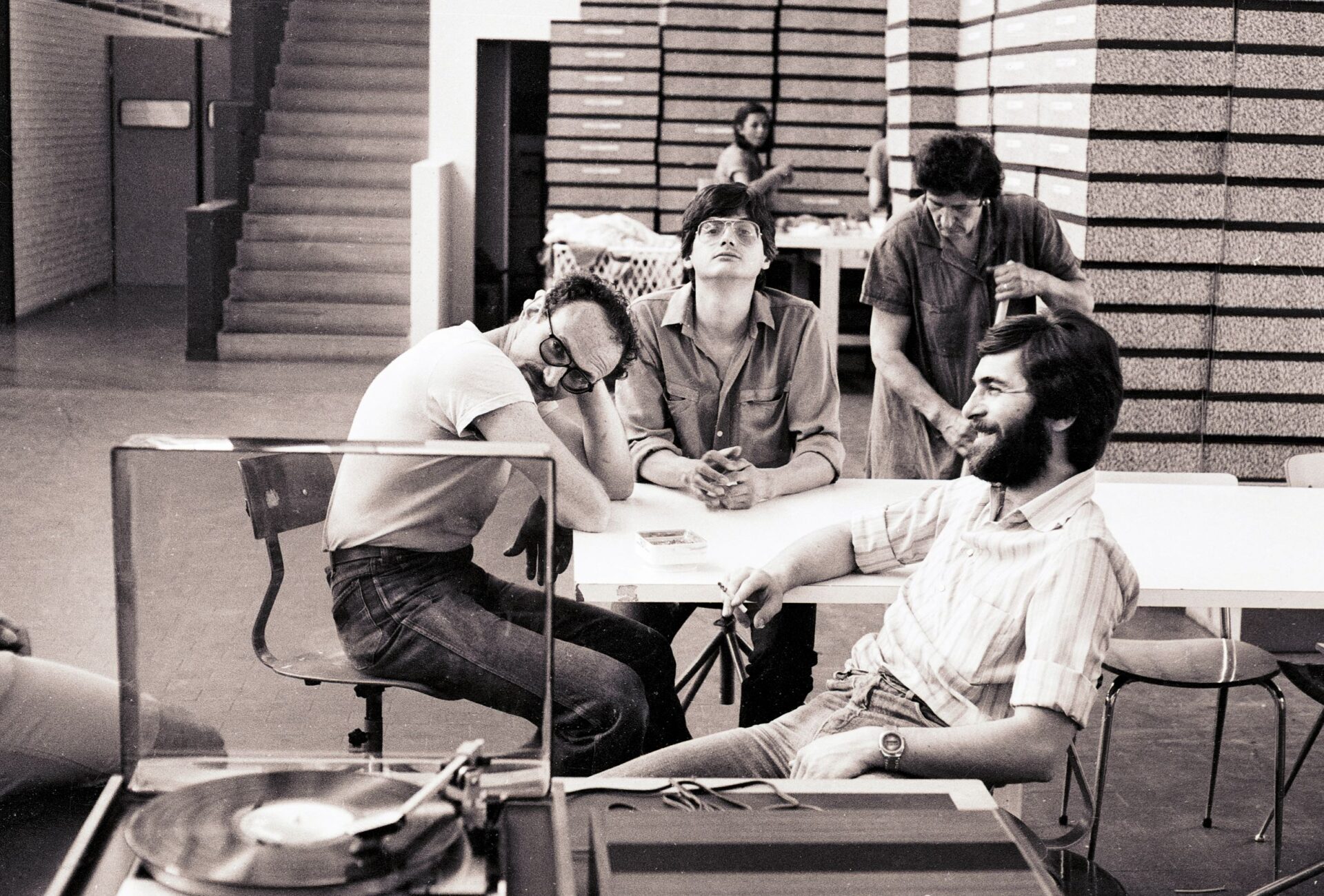
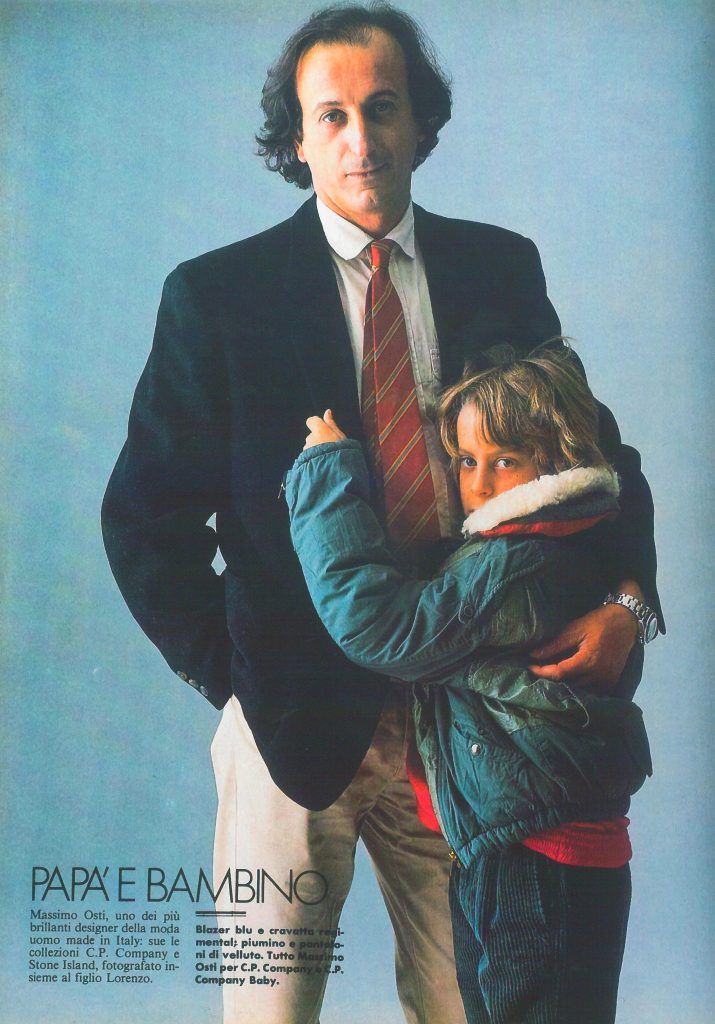
AL: Can you highlight some of the unique pieces that stand out to you from the archive? I read about a jacket with technical features, like an MP3 player.
LO: That's one of my favorites. It’s the collaboration between Levi’s and Phillips, designed by Massimo. It was the first real attempt at wearable electronics back in 2000. We have two models, both of which I had to buy on eBay because my father had a legal dispute with Levi’s at the end of the project and lost the pieces. What strikes me the most are these old, unusual military pieces, often made from compression underwear for pilots. They look like something straight out of the Alien films. I’m particularly impressed by one very old piece manufactured for a military mechanic, from the late Second World War era. It’s a work overall made from a chambray-like fabric. It features wires which connect using the classic metal snap buttons and heat the overall. I never realized they could function like plugs, associating them with one purpose, when they could ingeniously be used for something else and still being part of the garment.
AL: How do you balance honoring your father’s legacy while also pushing the brand into new territories? Maybe you don’t take legacy into consideration at all.
LO: Massimo’s work has always been about innovation, so honoring this goes hand in hand with creating new histories for the brand. His goal was to constantly travel into new territories and not be stuck on his C.P. Company island of one, and he did so by looking into the past. Bringing home his experimental attitude is the best way to pay tribute to that legacy. Everyone on the team is driven by the desire to achieve what no one else can. This approach can be risky and challenging, as it doesn’t guarantee success, but it’s the most truthful to our legacy.
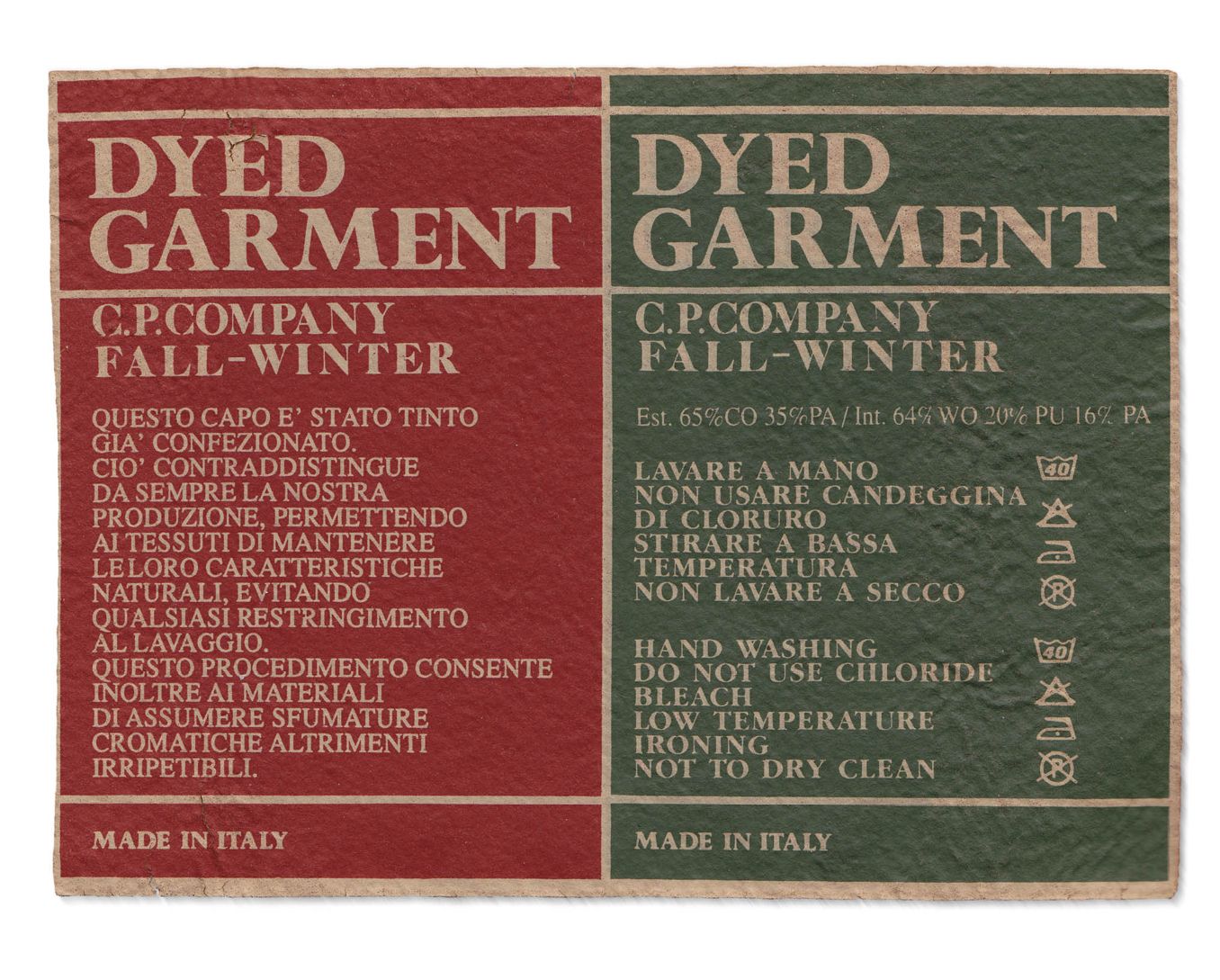
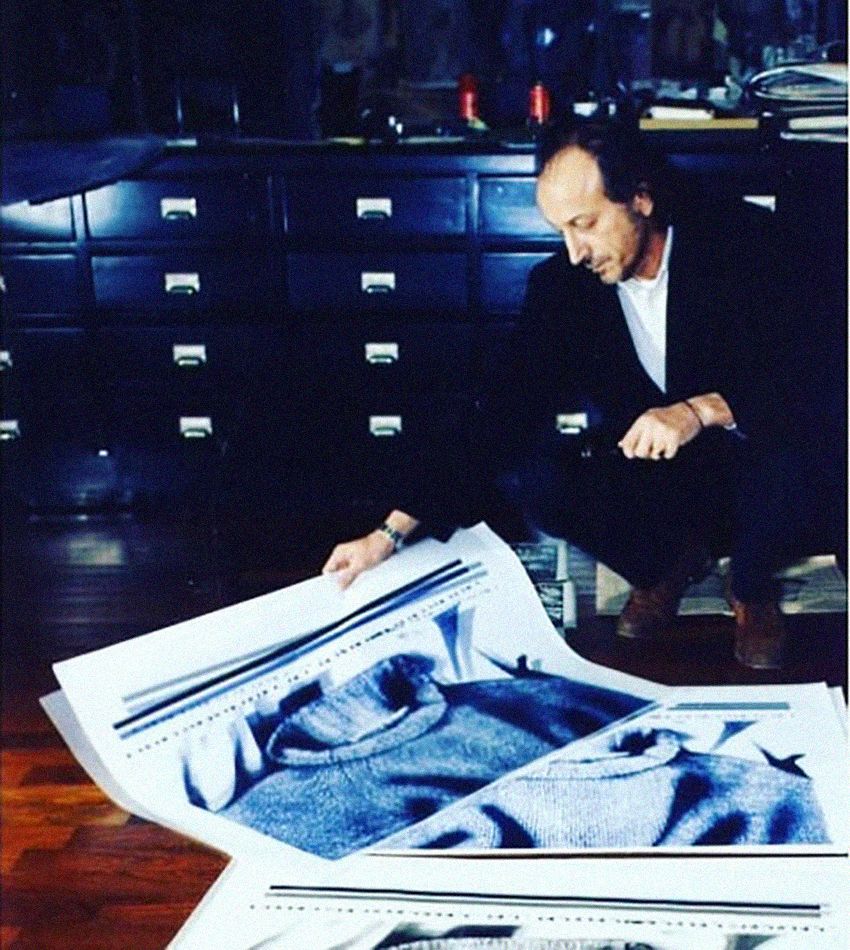
AL: You mentioned that he referenced real-life events and history, particularly workwear and military elements, but transformed them into something entirely new.
LO: His most successful periods were when he truly understood contemporary society and reflected that in his work. To be relevant today, you need to engage with what matters to people now. Although it might be valuable to look back at the past and keep those memories alive, it's not impactful unless you also engage with what’s in front of you.
AL: You also founded a web agency. How did that influence the strategic and e-commerce development of C.P. Company? In retrospect, do you think your leadership has made a difference?
LO: I had no alternative because this is my background. I ended up here for sure because of my last name, but mostly by chance. I was not trying to work in this system. The first time I worked in this industry was when I was 21 and worked at a company founded by my father. During that time, I introduced the first website for a fashion brand—at least in Italy, if not globally. This was back in 1996, just as the World Wide Web was emerging. We created an online catalog, and my father was excited. Fast forward 30 years, one of the weaknesses of C.P. Company under its previous ownership was its marketing and digital marketing efforts. So we pushed this, and our e-commerce became strong. We acquired the brand seven years ago for around half a million euros revenue per year, and last year we hit roughly 12 million. So, yes, we made substantial progress.
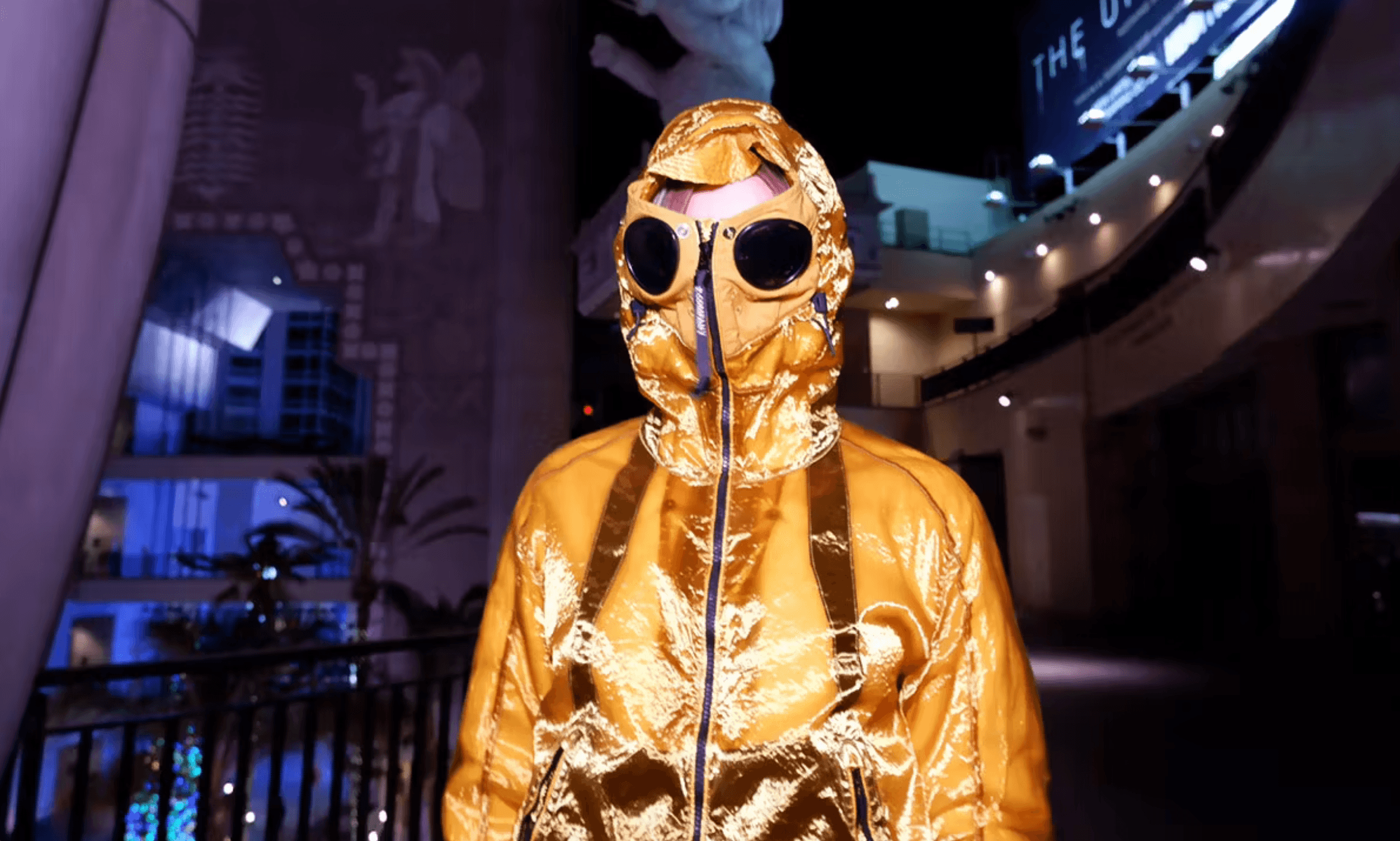
AL: Can you discuss the key strategies that you used during the transition when Tristate Holdings Acquisitions bought a part of the company?
LO: The biggest challenge was understanding the brand’s fluctuations. Even when the product remained consistent, we had to ask, “Why did it have such high highs and low lows?” We then studied the brand with former designers including Moreno Ferrari, who had worked with us before 2000. He designed the famous Metropolis collection called Urban Protection. Its aesthetic was a sharp departure from traditional C.P. Company designs, which grabbed everyone’s attention. I asked Moreno why he did this; the collection seemed so uncharacteristic—just black nylon, no garment dye, no trace of our brand DNA. And he said, “No, you’re wrong. There is a lot of brand identity because instead of following the C.P. Company aesthetic, I did what your father was doing, which is understanding what’s going on in society, and trying to reflect that in the garments.” This was during the approach of the new millennium bug, a time marked by a blend of excitement and trepidation about the future. The rapid pace of technological advancement stirred fears—would computers spiral out of control and bring about the end of the world? The narrative of the Urban Protection line became: “Don’t worry, these garments will protect you.” And Moreno’s approach was spot on. It was not about keeping the C.P. aesthetic, but about creating something meaningful for a specific moment. So, we tried to replicate this, to understand and connect with the community, and it worked.
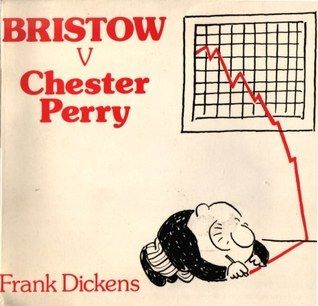

AL: The former brand name, Chester Perry, was inspired by the cartoon “Chester Perry.” How did the cartoon inspire Massimo, and why was it so influential to him?
LO: It’s linked to Bologna in the 70s, which had a huge creative scene. There were many illustrators and graphic designers—calling them cartoonists wouldn’t quite capture it. They were creating comics for adults—hardcore, a bit punk, and tough. A lot of great artists, such as Tanino Liberatore, were living in Bologna at that time; many were living together. They were close-knit, so it was like working with friends, which drew attention at the time. I’m not sure if my father had a fascination for comics before then, but this period marked a beginning because he invited some of these artists to work with him and even financed some of their projects. The archiving process resurfaced notes from him that show him drawing inspiration from these comics.
AL: Why did he then get sued?
LO: This character in the comic was working at a factory called Chester Perry. It was similar to Acme, the fictional company known for producing outrageous products that always fail spectacularly or backfire at the worst possible moments, creating a recurring comedic gag. Massimo liked the unofficiality of the name; that in theory it stood for a corporate company, but name and work do not add up. He chose it with the permission of the author. Then Fred Perry, the polo brand, and Chester Barrie, a U.K. brand, sued him on claims that the name was too similar to theirs. This was in 1978, seven years after founding the company. They feared losing everything they had built because rebranding can often spell the end for a company. They managed it slyly by keeping the initials and adding a corporate, and at that time, mysterious ring. Back then, there was a lot of fascination with everything imported from America. It was the 70s, so the word “company”—when nobody was speaking English, was a bit exotic.
Credits
- Text: ALMA LEANDRA
Related Content
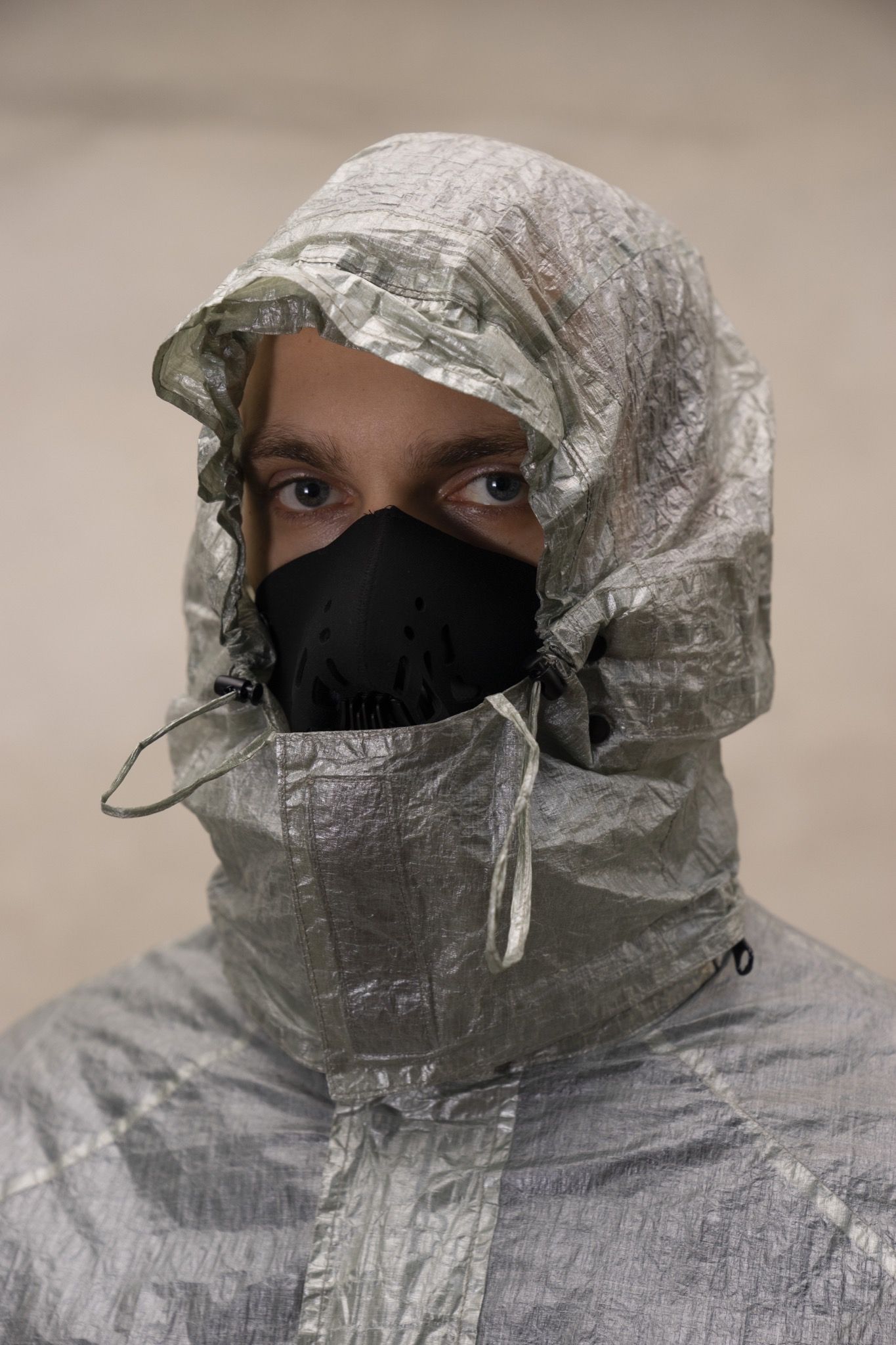
Next Landscape: C.P. Company’s Upcoming Metropolis
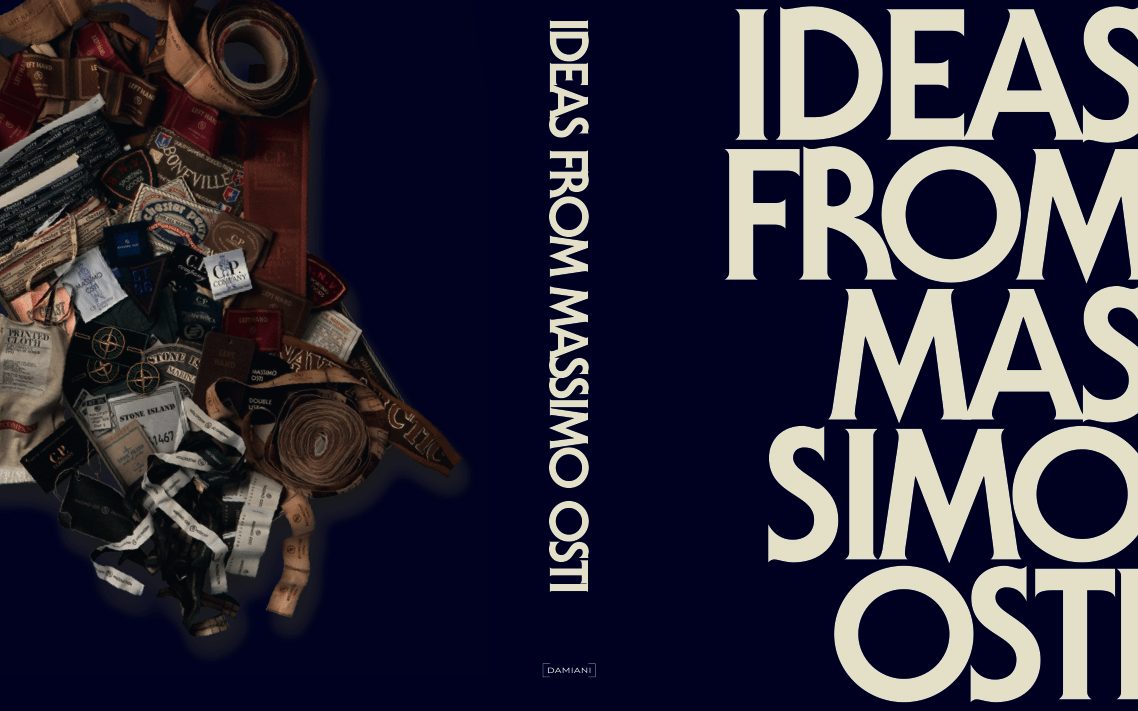
“Ideas from MASSIMO OSTI”: 032c Book Club, Classics #1
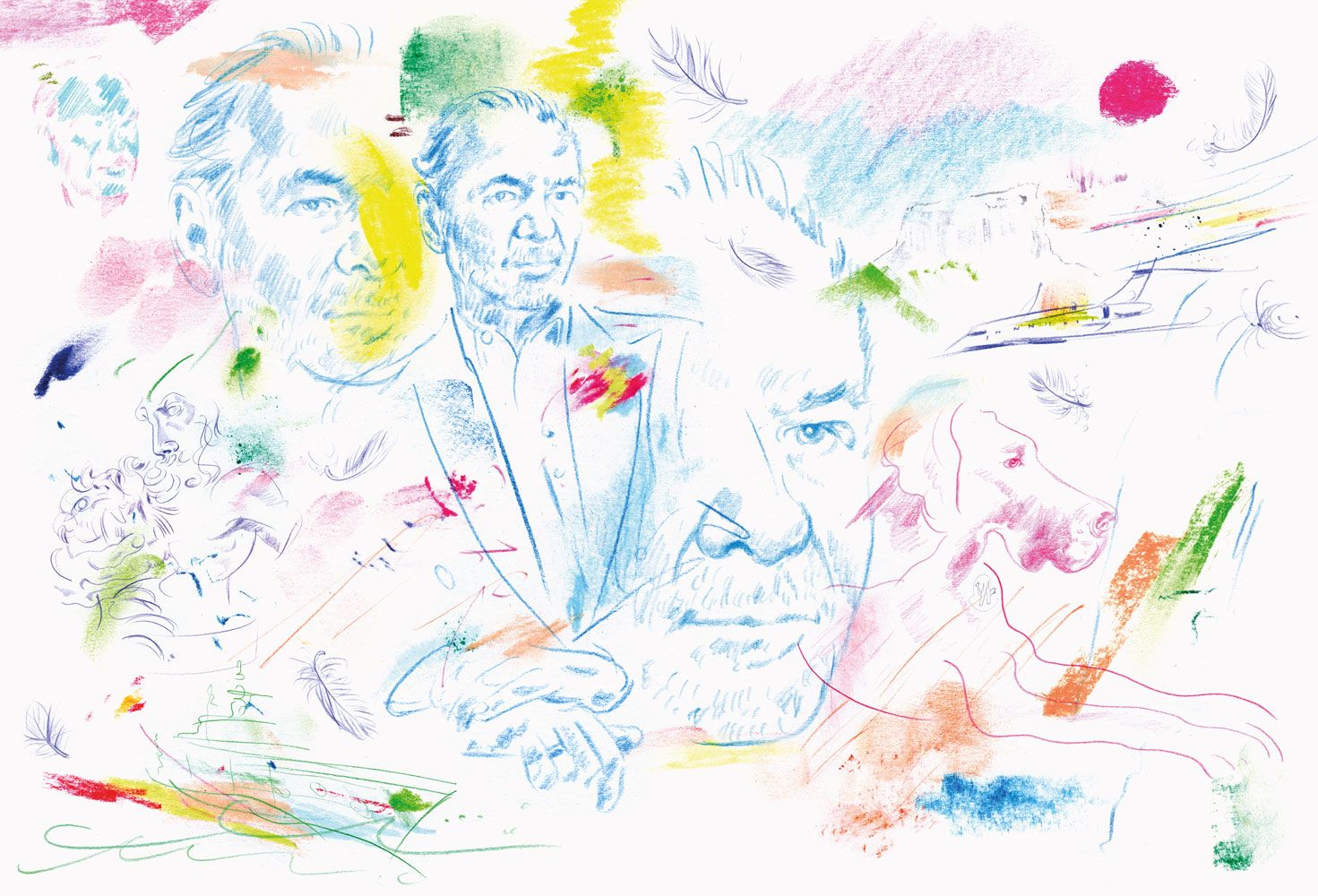
CONCEPT ENGINEER: Moncler’s REMO RUFFINI
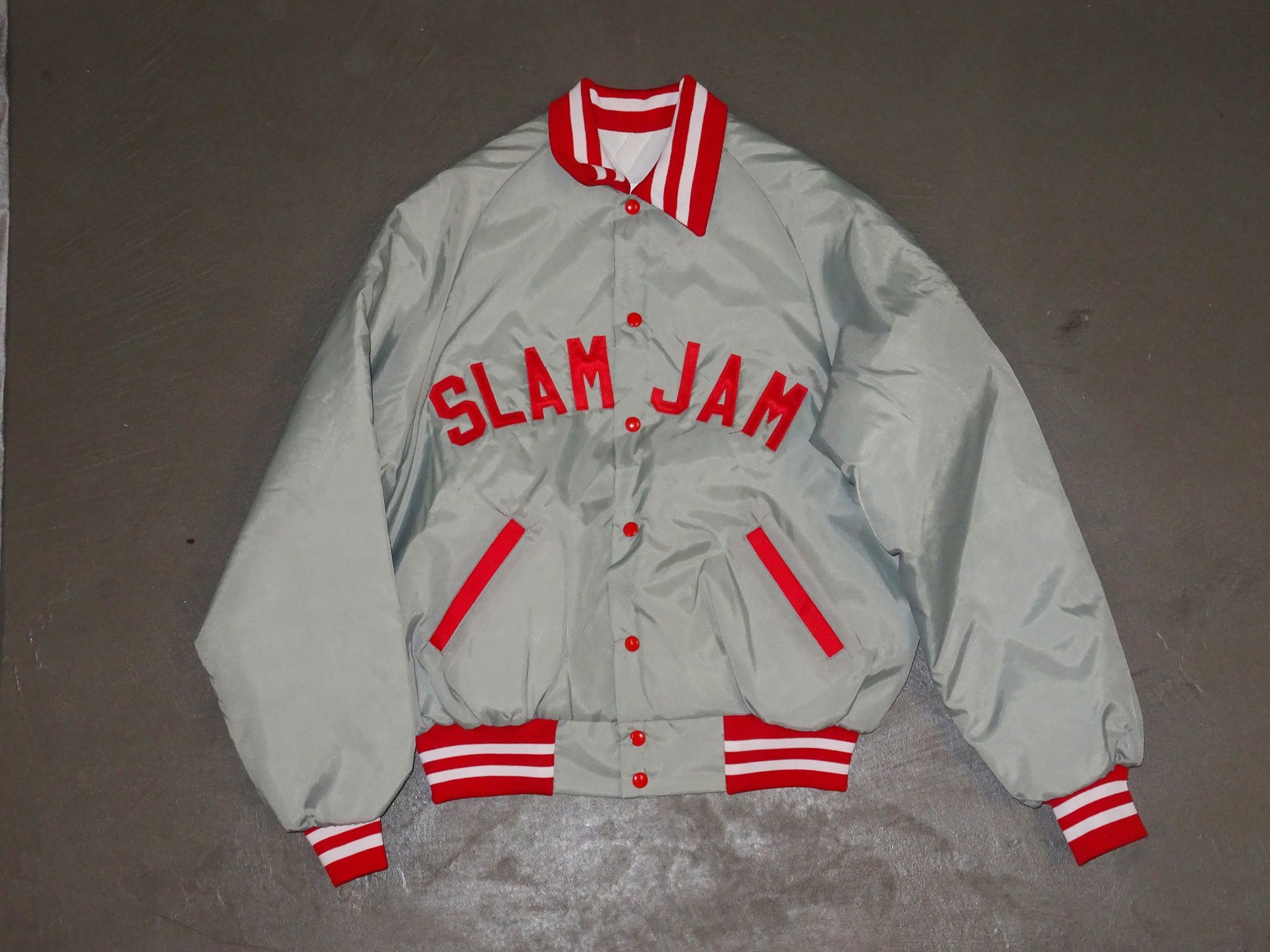
Streetwear’s Secret History: A Journey with LUCA BENINI from the Last Days of Italian Disco to the Launch of Archivio Slam Jam
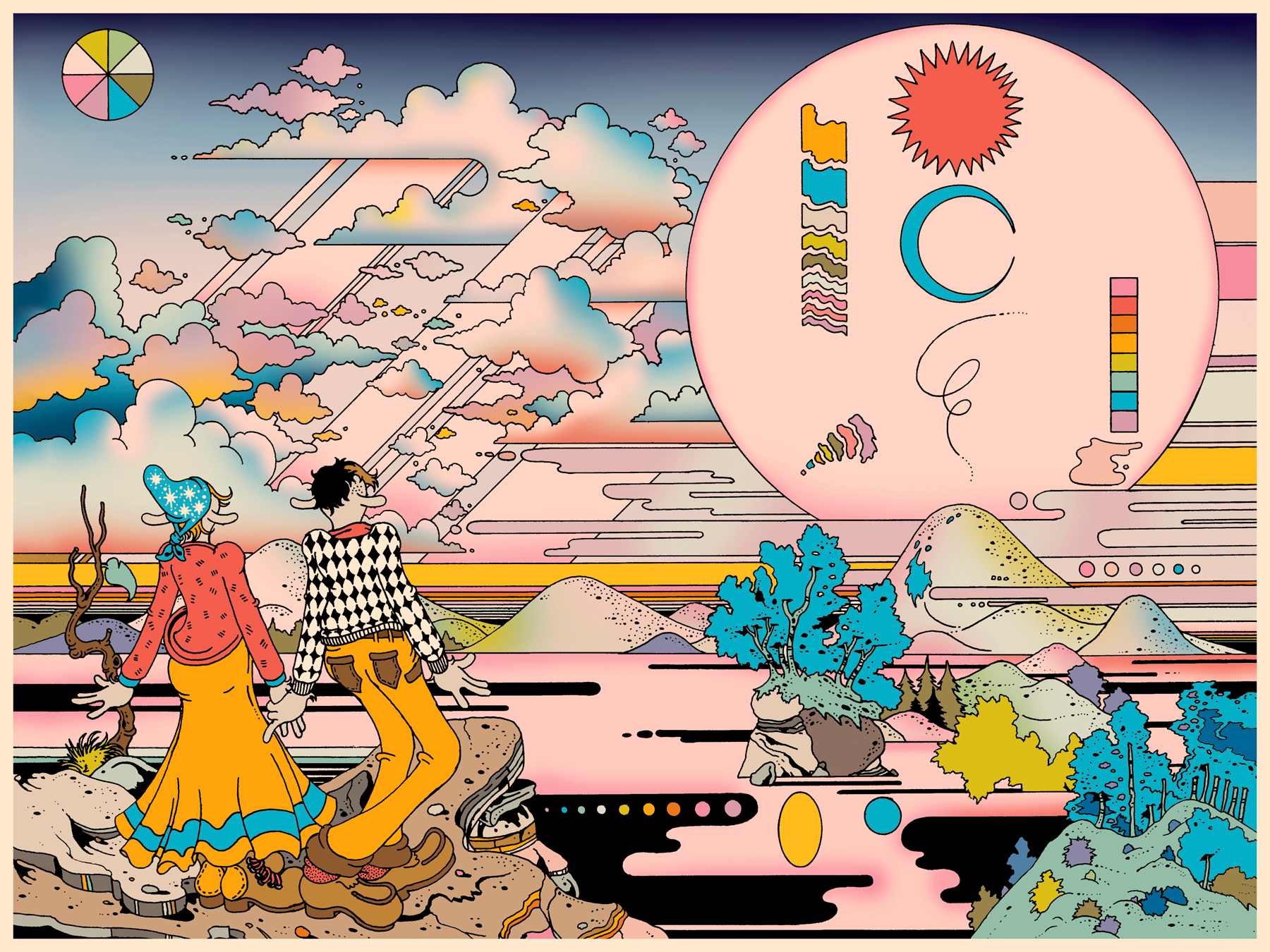
Decolonize Your Trip
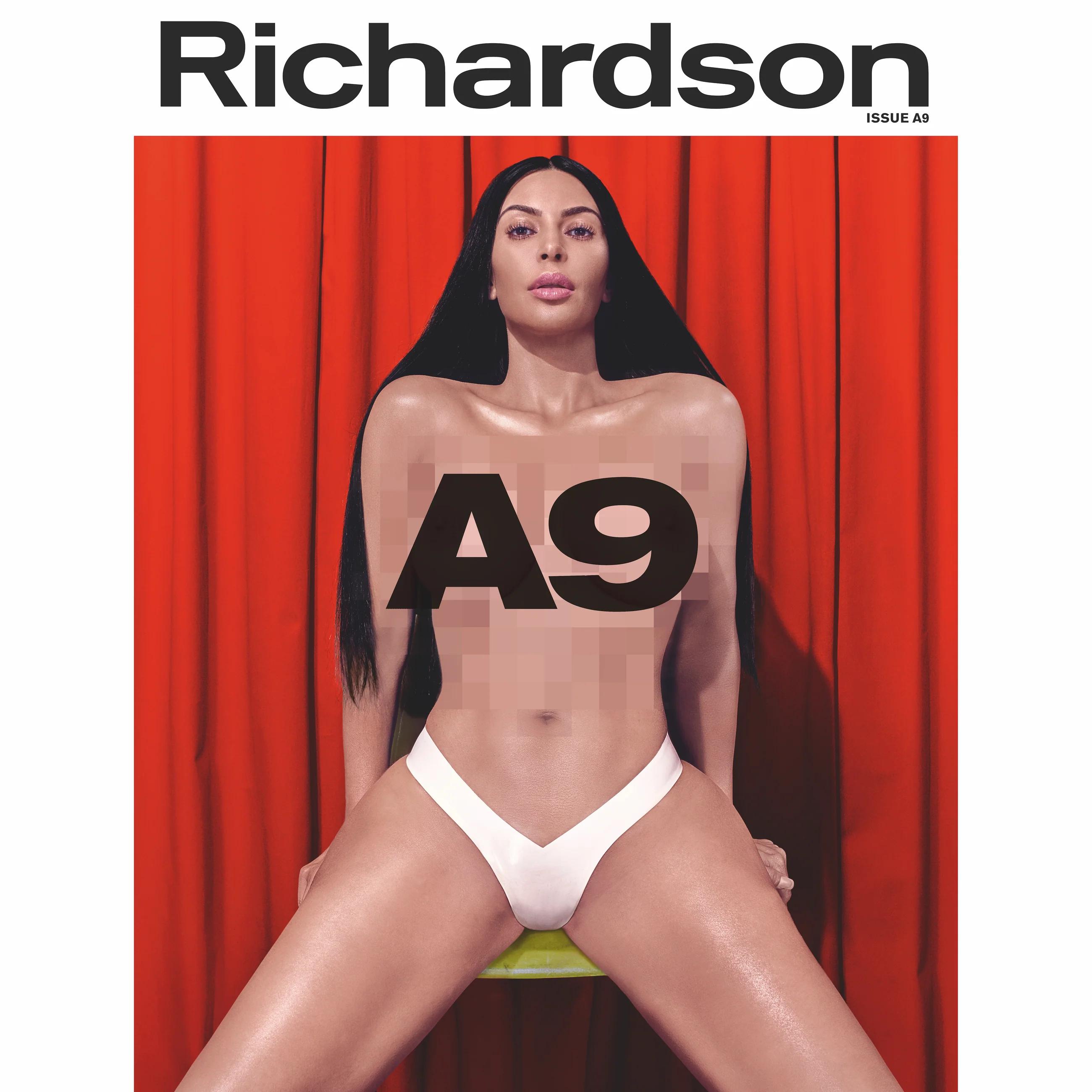
RICHARDSON Magazine Rethinks The Seedy
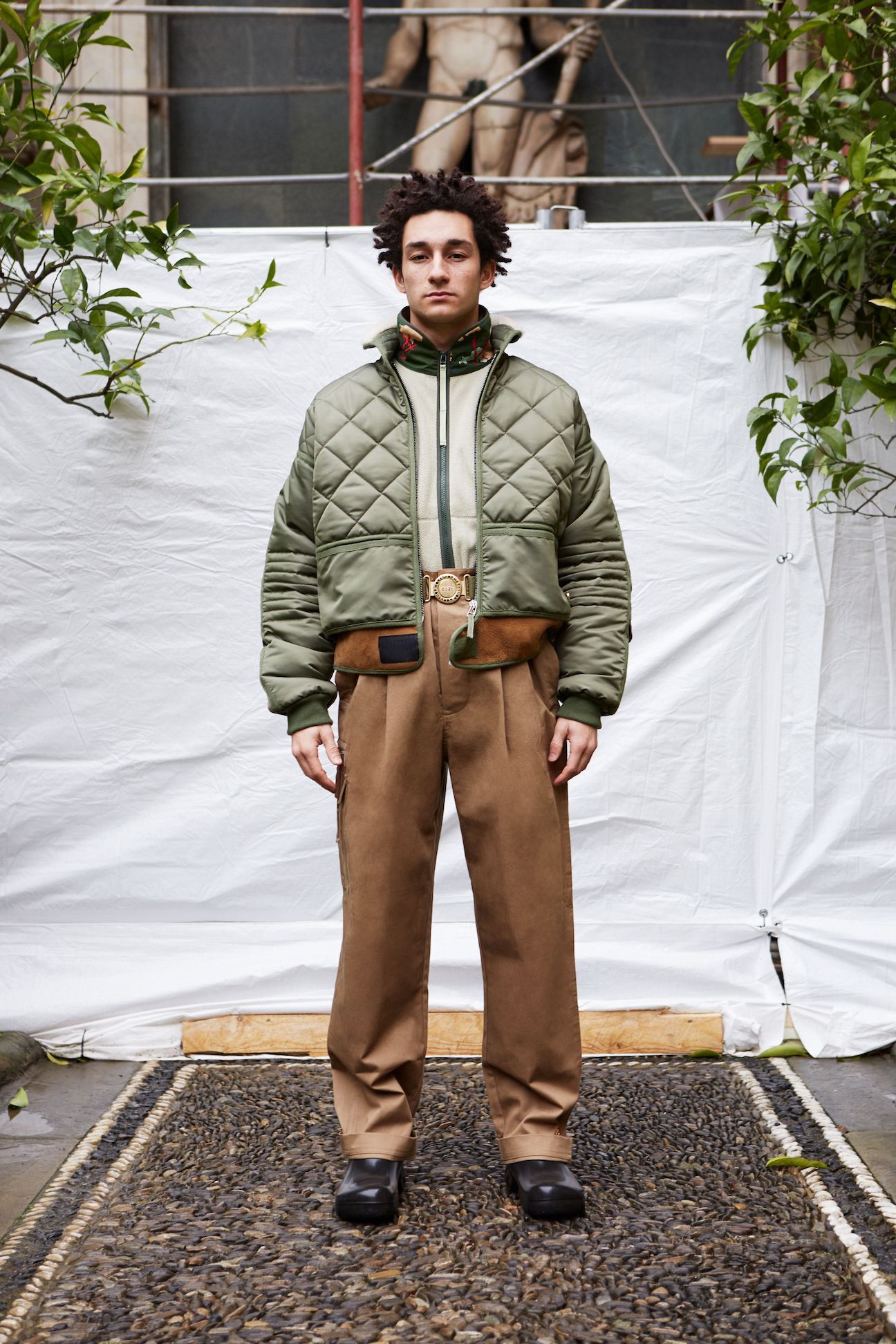
“WHAT WE BELIEVE” LOOKBOOK for Pitti Uomo

Streetwear’s Secret History: A Journey with LUCA BENINI from the Last Days of Italian Disco to the Launch of Archivio Slam Jam